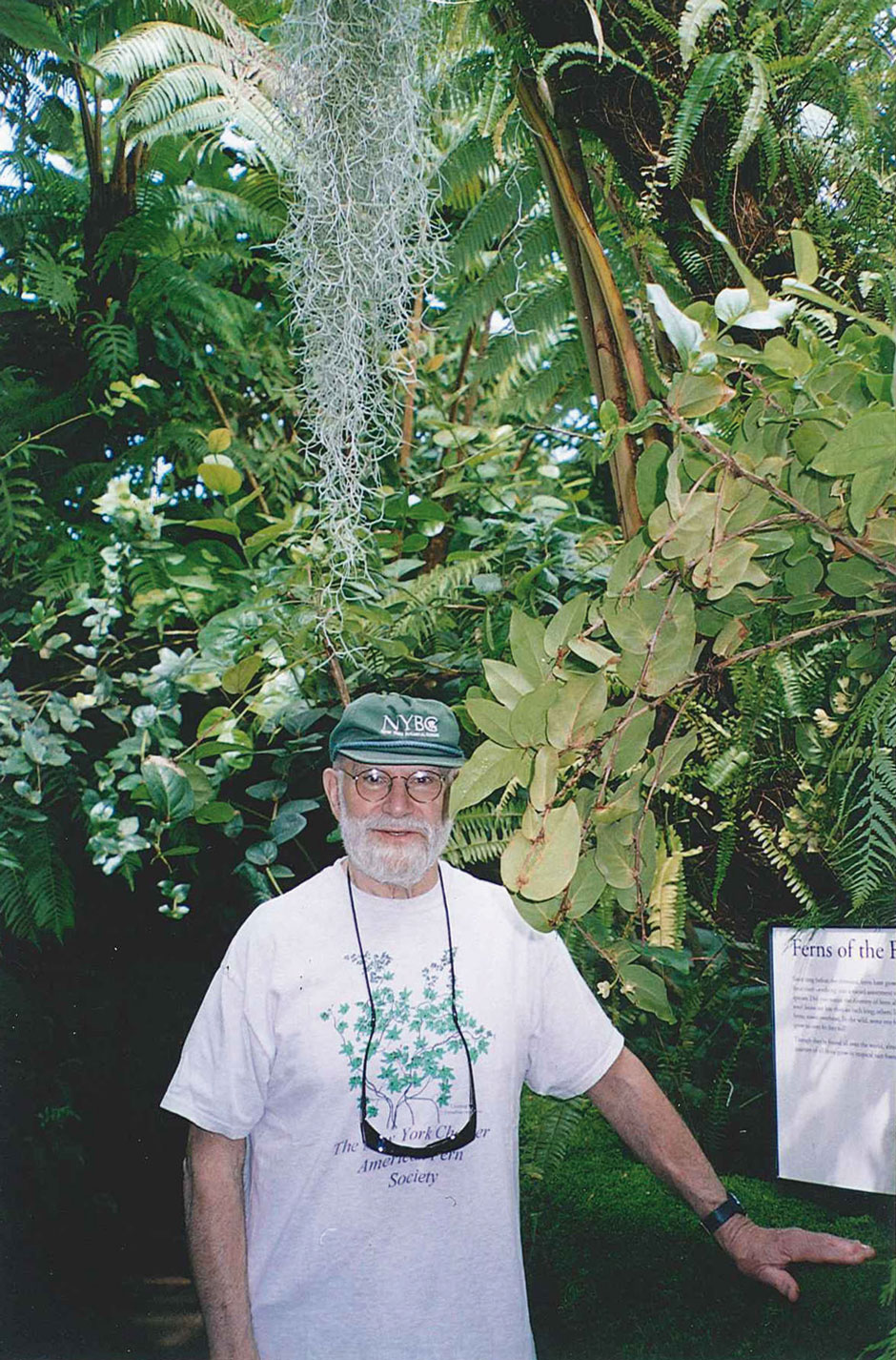It is not entirely clear why, but my meetings with Oliver Sacks were all marked by an irrational euphoria. The places changed, from the Bronx to Spoleto—but above all Manhattan. We would start to talk and the sense of time would discreetly dissolve. On two occasions it also seemed to me that I could glimpse something of Oliver’s innermost essence. Perhaps we don’t possess an Ego, perhaps we are not even a Subject, but certainly in each of us is recognizable, now and then, something on which our way of being rests—in other words, that eminently fleeting thing which is our quality. And there’s no saying that we ourselves are capable of recognizing it.
Oliver and I were in Florence, in 1989, and one afternoon we happened to go into a bookshop in Via Tornabuoni that was very dear to me—Seeber. Today it is no longer there. It is the first bookshop I recall entering as a little boy. The first thing you saw was a table on the left, all taken up by French books, mostly Gallimard editions. Then, further on, there was the table with the Italian books. Today this would be inconceivable.
That day we went up to the first floor, where there stood a few shelves containing old books. We were alone. I saw right away that Oliver was attracted by those shelves, but not as a collector or a bibliophile. It was instantly clear that he had another reason. I, too, began to leaf through some of those books. They weren’t particularly rare, but they all had a decisive characteristic for Oliver: they belonged to the Victorian period. I turned round and saw him immersed in an illustrated Thackeray. A popular edition, which certainly wasn’t worth much. But, like Cruikshank’s Dickens, those illustrations interspersed throughout the text called up something otherwise irretrievable. Oliver was enchanted—and he tried, almost stammering, to explain the reason for that enchantment. But there was no need.
Another morning, in New York, with Oliver equipped with all his paraphernalia, as if we were leaving on an expedition, we found ourselves in his car, heading for the Botanical Garden in the Bronx. Oliver told me straight away that there was no scientific honor that made him prouder than his induction as a member of the Botanical Society of America. It was one of those holiday mornings, terse and empty, where New York is transformed into a stone ship driven by the breeze. We were talking, as often happened, about the brain. But I felt that there was something more attractive and satisfying in store for us: the ferns. The New York Botanical Garden is one of the wonders of the world, for what it is and for how it is. For its visitors and its curators. For the air you breathe there.
That day I took a few photographs of Oliver that bear witness to his symbiosis with certain plants. And, the deeper we penetrated those avenues and those greenhouses, the clearer became the connection between the Oliver in Florence, enchanted, as he was leafing through the illustrated Thackeray, and the one that now, with his white American Fern Society t-shirt, green New York Botanical Garden baseball cap, and imposing sneakers, was making his way through the ferns. I thought then that, among the many books left for Oliver to write, there was an unforeseen one: the volume parallel to Chesterton’s Victorian Age in Literature, to be titled The Victorian Age in Science. No one has been able to explain this better than Oliver himself, in the preface to the admirable Oaxaca Journal that is the only fragment we have, to this day, of a personal journal of his:
I used to delight in the natural history journals of the nineteenth century, all of them blends of the personal and the scientific—especially Wallace’s The Malay Archipelago, Bates’s Naturalist on the River Amazon, and Spruce’s Notes of a Botanist and the work which inspired them all (and Darwin too), Humboldt’s Personal Narrative.…
They were all, in a sense, amateurs—self-educated, self-motivated, not part of a institution—and they lived, it sometimes seemed to me, in a halcyon world, a sort of Eden, not yet turbulent and troubled by the almost murderous rivalries which were soon to mark an increasingly professionalized world (the sort of rivalries so vividly portrayed in H.G. Wells’s story “The Moth”).
This sweet, unspoiled, preprofessional atmosphere, ruled by a sense of adventure and wonder rather than by egotism and a lust for priority and fame, still survives here and there, it seems to me, in certain natural history societies, and amateur societies of astronomers and archaeologists, whose quiet yet essential existences are virtually unknown to the public. It was the sense of such an atmosphere that drew me to the American Fern Society in the first place, and that incited me to go with them on their fern-tour to Oaxaca early in 2000.
Every time I read one of Oliver’s writings I find myself in that “halcyon world” of science.
Advertisement
Adapted from an essay written for Oliver Sacks on his eightieth birthday. Translated from the Italian by Alastair McEwen.



